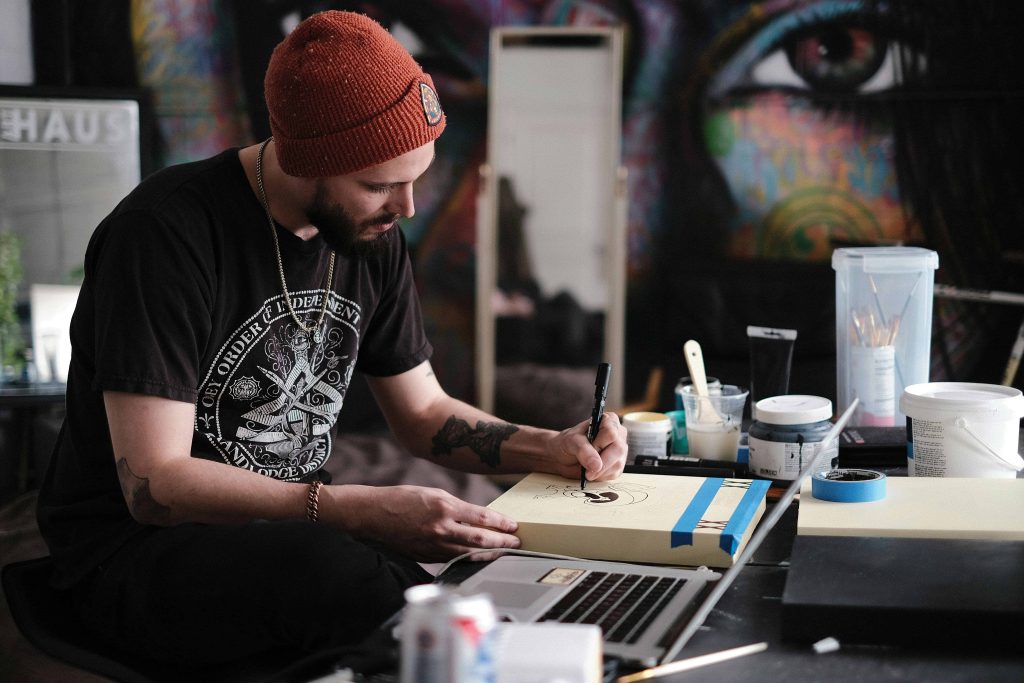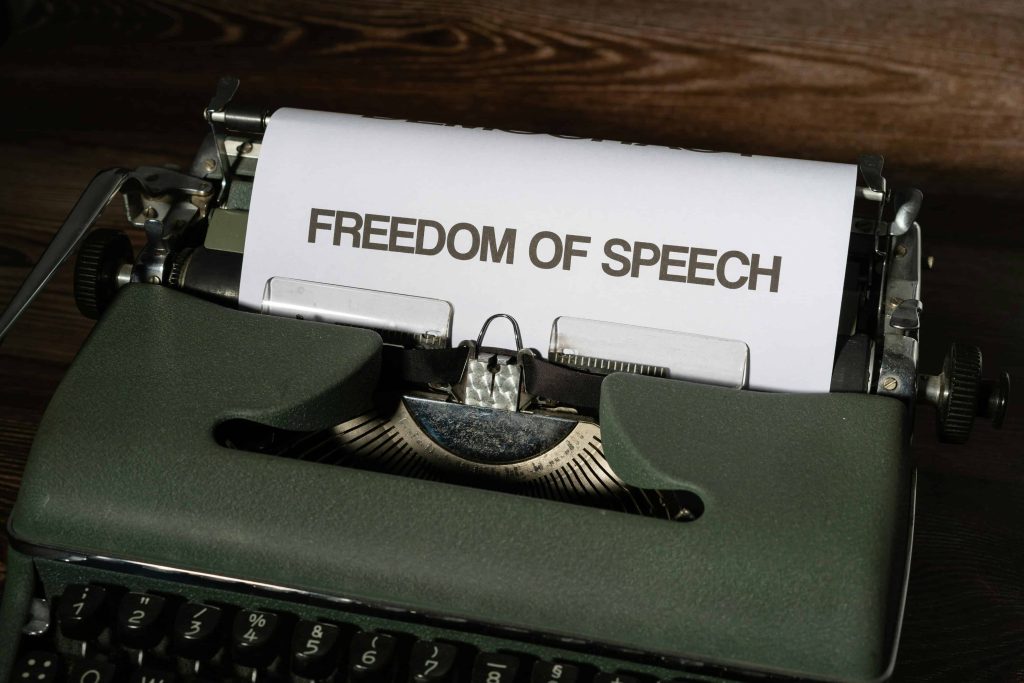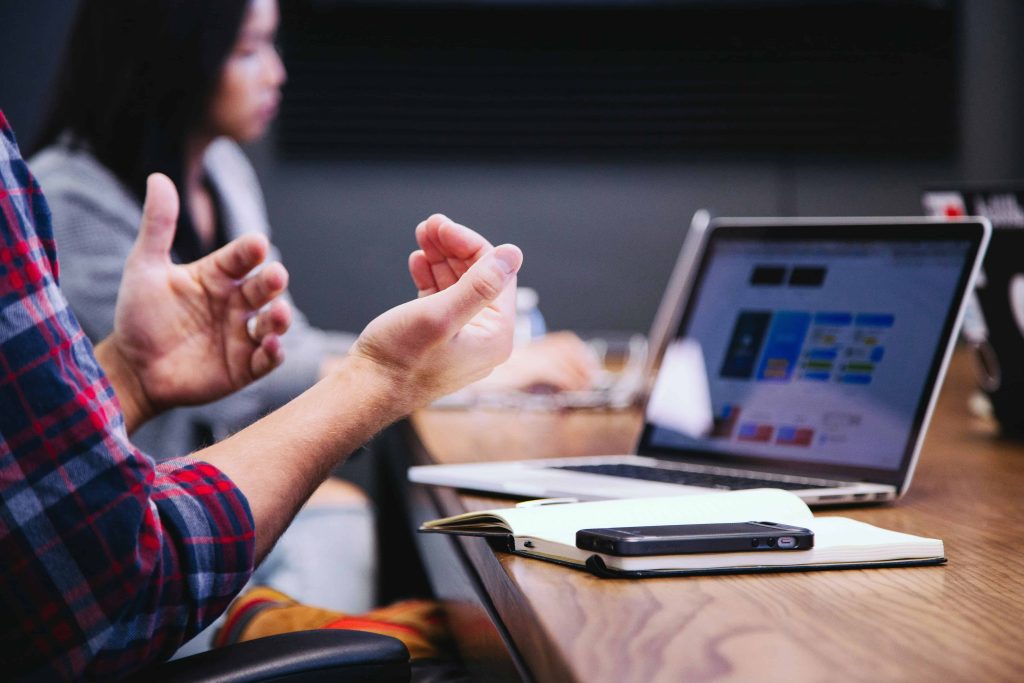
03 Mar Art Censorship and Freedom of Expression: What’s Changing in 2025
Art Censorship and Freedom of Expression
Art censorship refers to the suppression, alteration, or restriction of artistic works and forms of expression, often influenced by political, social, or institutional forces. It manifests in various ways, from direct bans to more subtle pressures, and frequently intersects with debates over morality, culture, and public interest.
Freedom of expression, on the other hand, serves as a cornerstone of democratic societies, enabling individuals to share ideas, challenge norms, and foster creativity. This principle nurtures diverse viewpoints, drives innovation, and facilitates essential social and political discourse. Despite its critical role, freedom of expression is often under threat from censorship, particularly in the arts.
Forms of Art Censorship
Art censorship manifests in diverse ways, often tailored to the sociopolitical and cultural contexts in which it occurs.
Governmental Censorship
Governments frequently play a pivotal role in imposing restrictions on artistic expression:
- Legal Frameworks: Laws targeting obscenity, blasphemy, or national security are often used to regulate content. For instance, books, films, or artworks considered offensive to religious sentiments or national pride may be banned or heavily edited.
- Regulations on Funding: Publicly funded arts projects may be subject to content restrictions to ensure alignment with political or cultural agendas.
- Censorship Boards: Government-appointed boards often pre-approve or reject works, particularly in film and theater, to align with societal standards or political interests.
Self-Censorship
Self-censorship represents a subtler but equally pervasive form of limitation:
- Fear of Repercussions: Artists may avoid exploring controversial themes, such as politics, sexuality, or religion, fearing legal action, career damage, or public backlash.
- Institutional and Commercial Pressure: Galleries, publishers, or sponsors may discourage content they deem too risky, often prioritizing profitability or avoiding public controversy.
Social Censorship
Social pressures often shape the boundaries of acceptable art:
- Public Protests and Boycotts: Organized efforts to suppress specific works can result in cancellations or removals.
- Online Harassment: In the digital age, artists face heightened risks of targeted harassment or doxing for expressing unpopular or provocative views.
- Cultural Norms: Societal expectations and traditions often dictate what is deemed appropriate, implicitly curbing artistic exploration.
Arguments Against Art Censorship
The case against censorship is rooted in the broader principles of democratic freedoms and the intrinsic value of art.
Violation of Fundamental Rights
Freedom of expression is a universal human right recognized by documents like the Universal Declaration of Human Rights and constitutions worldwide. Censorship undermines this right, often marginalizing dissenting voices and stifling diversity in public discourse.
Suppression of Creativity
Art flourishes in an environment of openness. By imposing limitations, censorship stifles innovation and hinders the creation of groundbreaking works that challenge conventions or inspire progress. Historically, movements like modernism and surrealism emerged by defying societal norms.
Impeding Social Progress
Art has been instrumental in addressing taboo topics, from civil rights to environmental advocacy. Works like Picasso’s Guernica and Harper Lee’s To Kill a Mockingbird sparked critical dialogues. Censorship deprives society of such transformative opportunities.
Inconsistency and Bias
Censorship criteria are inherently subjective, leading to uneven applications. What one culture deems offensive might be celebrated in another, reflecting the arbitrary nature of many restrictions.
Arguments for Limited Forms of Censorship
While unrestricted freedom is ideal, certain limitations are often argued as necessary for protecting societal values:
Protecting Minors
Explicit content in art, such as graphic violence or sexual themes, may warrant age-appropriate restrictions to safeguard the mental and emotional well-being of children.
Preventing Harmful Content
Art that incites violence, hate speech, or terrorism poses legitimate threats to public safety and may justifiably be restricted under specific legal frameworks.
Intellectual Property Rights
Copyright laws ensure artists retain ownership of their creations, preventing misuse or exploitation. However, these laws must balance protection with allowing fair use and derivative creativity.
Balancing Freedom of Expression with Societal Concerns
Striking a balance between upholding artistic freedom and addressing legitimate societal concerns is vital.
Encouraging Open Dialogue
Rather than censoring controversial works, fostering discussions around their themes can promote understanding and tolerance. For instance, exhibitions accompanied by panel discussions or educational materials provide context for challenging content.
Establishing Clear Guidelines
Transparent, consistent standards for evaluating artistic content can reduce the arbitrariness often associated with censorship. Such guidelines should prioritize artistic freedom while addressing valid concerns like public safety.
Promoting Media Literacy
Educating the public on interpreting and engaging with art critically can mitigate the need for censorship. Media literacy programs in schools and community centers empower individuals to navigate complex themes independently.
Conclusion
Freedom of expression is more than a legal right—it is the lifeblood of creativity, innovation, and social progress. Art censorship, whether through government intervention, societal pressures, or self-imposed limitations, undermines this freedom and its transformative potential. While certain forms of regulation may be necessary, they must be narrowly tailored and implemented transparently to avoid curbing artistic exploration. A society that values art must champion open dialogue, critical thinking, and the rights of artists to challenge norms, inspire change, and reflect the human experience.
Key Takeaways
- Defining Art Censorship and Freedom of Expression
- Art censorship involves suppressing or restricting artistic works based on political, social, or institutional influences.
- Freedom of expression, essential for democratic societies, supports diverse viewpoints, creativity, and critical discourse but is often jeopardized by censorship.
- Forms of Art Censorship
- Governmental Censorship: Enforced through legal frameworks, funding regulations, and censorship boards to align art with political or cultural agendas.
- Self-Censorship: Artists restrain themselves due to fear of legal, professional, or social backlash, often influenced by institutional or commercial pressures.
- Social Censorship: Driven by public protests, online harassment, and societal norms that limit controversial artistic exploration.
- Arguments Against Art Censorship
- Undermines universal human rights, stifles creativity, and suppresses art’s role in addressing societal issues and driving progress.
- Reflects subjective and inconsistent standards, often influenced by cultural biases.
- Arguments Supporting Limited Censorship
- Protecting minors and preventing harmful content are often cited as necessary restrictions.
- Intellectual property laws protect artistic ownership but must strike a balance with fair use.
- Balancing Artistic Freedom and Societal Concerns
- Open Dialogue: Promotes understanding through discussions and contextual materials rather than outright suppression.
- Clear Guidelines: Transparent and consistent censorship standards help minimize bias and arbitrary decisions.
- Media Literacy: Empowering audiences to critically engage with art reduces reliance on censorship.
- Conclusion
- Freedom of expression is vital for creativity and progress.
- Any regulations must be narrowly tailored, transparent, and focus on fostering understanding rather than stifling artistic exploration.
- A society that values art should encourage dialogue, critical thinking, and the freedom to challenge norms.
FAQs
What is art censorship, and how does it manifest?
Art censorship refers to the suppression, alteration, or restriction of artistic expression, often driven by political, social, or institutional pressures. It can take various forms, including governmental censorship through legal frameworks like obscenity or national security laws, self-censorship where artists avoid controversial topics to protect their careers, and social censorship through public protests, boycotts, or online harassment. The extent of censorship depends on the cultural and political context, influencing the content and boundaries of acceptable art.
Why is freedom of expression important in art?
Freedom of expression is essential in art as it enables individuals to communicate ideas, challenge societal norms, and explore new creative territories. This principle is foundational to democratic societies, fostering innovation and critical discourse. When artists are free to express their views without fear of censorship, they can produce groundbreaking works that push boundaries, inspire social change, and spark meaningful dialogue on significant issues, such as human rights, equality, and environmental concerns.
Is censorship sometimes necessary in the arts?
While artistic freedom is vital, certain forms of censorship are often considered necessary to protect societal values. For instance, restricting explicit content for minors, preventing harmful art that incites violence or hate speech, and safeguarding intellectual property rights are all valid reasons for imposing limitations. However, these regulations should be narrowly tailored and transparent to avoid infringing upon the creative expression that drives social progress. Balancing censorship with freedom requires fostering open dialogue and clear guidelines to address societal concerns without stifling artistic exploration.
Discover how email marketing can become your secret weapon for reaching art enthusiasts and collectors.





